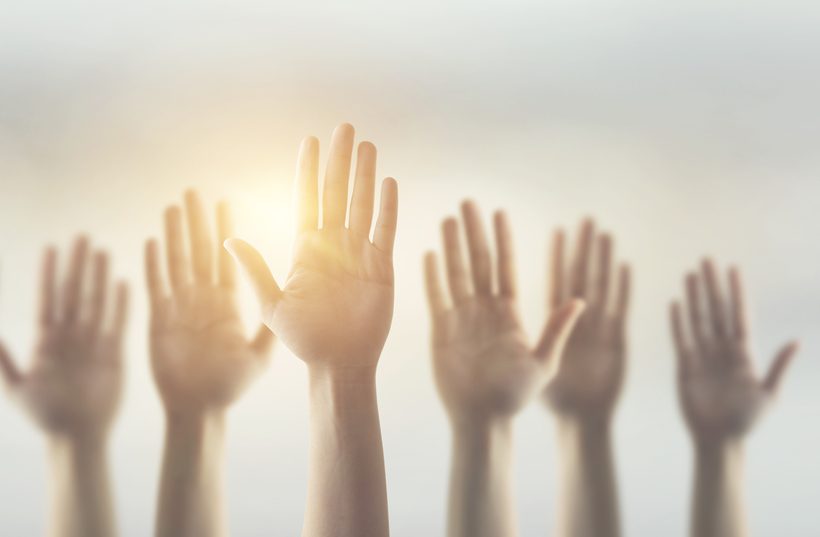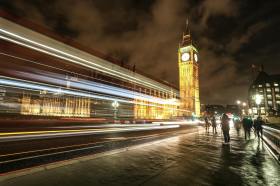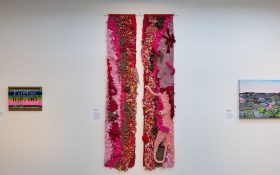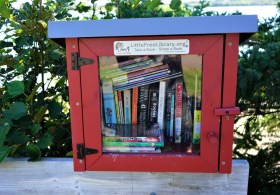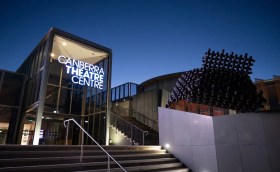For the artist population of this country, this election is all about numbers. Pre-COVID-19, that population sat at 48,000, operating in a sustained state of precarity for more than a decade.
In 2022, anecdotal evidence suggests an attrition rate of 15% and rising, so for the sake of a round number, let’s say we’ve got 40,000 practising professional artists. That’s 40,000 people – powerful thinkers, makers and doers – most pertinently, the majority of whom live below the poverty line.
Over the last decade, voting patterns have seen consistent drifts away from major party configurations, the ALP (Labor) and the Coalition (Liberal and National parties). In 2019, more than 25% of the voting population did not vote for the major parties, up from around 23% in 2016.
It is a pattern that is expected to trend upwards in 2022, turbo-charged by the teal independents and micro-parties like UAP. Traditional voting behaviour could be so up-ended on Saturday that minority government might be the new political norm in the future. If ever there was a time for artists to reappraise their voting patterns, it is now.
What are our options?
Of the Coalition, nothing positive can be said. For the neo-liberal right, artists are a social pest, a species wholly at odds with the DNA of profit-maximisation that drives neo-liberal capitalism. In this worldview, we are a drain on finances providing poor returns on investment and the worst element of democracy, holding authority to account and sucking time and labour out of productivity. The Coalition have overseen nine years of funding attrition, the last two dedicated to the wholesale eradication of artists. No arts policy here, no votes here.
Historically, and generally, the arts sector has supported Labor. Some argue that that support has been reciprocated; others that it’s a dependency in desperate need of an intervention given the ALP’s own embrace of neo-liberalism. If the Coalition’s mission is to eradicate artists, Labor wants to control them via the ‘creative industries’ policy setting, a direct import from UK Labor.
Both a moniker and a strategy, ‘creative industries’ conflates those that work in the performing, visual and literary arts with those that work in film and television, gaming, fashion and design without distinguishing the ideal of the public good from the commercialisation of creative ideas. The collapse of workable definitions in the labour market is not peculiar to the arts nor the debates that attempt to disentangle the transactional from the relational; it is a feature of the transition of neoliberalism from an ideology to an interface. It infects us all. Interesting that at Labor’s policy launch on Monday, ‘creative industries’ did not crack a mention.
However, the problem for Labor is that apprehending the left of neo-liberalism has put them at odds with artists. Not the arts sector-at-large – the large institutions and organisations which most benefit from the ‘industry’ modality – but the workers, actual artists themselves. The workers have done poorly under the neo-liberal regime. Indeed the very concept of artists as workers is a new one for Labor which has a long legacy of resisting this idea. So, whereas the sector is more traditionally wedded to Labor, Labor is not a safe harbour for the 40,000 artist-votes still up for grabs.
Back to the numbers
If you were to run a straw poll on what’s most important for Australian artists on this day, I guarantee financial support is number one. Because the majority of Australian artists live below the poverty line and have done for years, arts policy is only meaningful to artists when it includes a commitment to direct funding.
Don’t get me wrong, arts policy is an important conversation – when you have food in your belly. My back-of-a-napkin deal reckons an $800 million annual commitment for five years will go some way to retain the current artist-population, providing the space and time to consolidate in the wake of COVID-19 and climate change upheavals, enabling a rudimentary level of financial security: $20,000 a year per artist – basically equivalent to the travel allowance for some professional politicians. Such a commitment would provide meaning to Labor’s arts policy for the 40,000 artist-voters. It’s not enough, it would half-help but it’s not even on offer. Other than that, Labor’s arts policy is recycled rhetoric, promising to talk more about doing something.
Elsewhere, there are real numbers on offer. The Greens Party’s arts policy promises actual money for Australia’s most precarious workforce in the form of an Artists Wage pilot program for 10,000 artists to receive $727.80 every 7 days for 12 months (equivalent to Australia’s standard full-time minimum wage).
For Australia’s artist-population, that is the only meaningful set of numbers. Why? Well, for 365 days, 20% of our 40,000 artists will have enough money on which to base a working life. The program references numerous systems tested worldwide from Belgium to France, Ireland to America incorporating ideas of a BAI (Basic Artists Income) inspired by the ideals of a UBI (Universal Basic Income). Having assessed the failure of mainstream arts policy to deliver any meaningful financial support for Australian artists over the past decade, I have advocated for such a program for five years along with many colleagues. It is, in my opinion, the only way out of the morass of poverty that my collaborators and fellow workers find themselves knee-deep in.
Of course, choosing whom to vote for through a single prism is never desirable but through the prism of poverty, all values change.
It’s all in the numbers.
That’s where our power is.
In the numbers.
